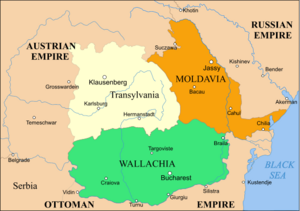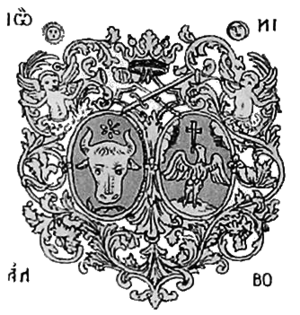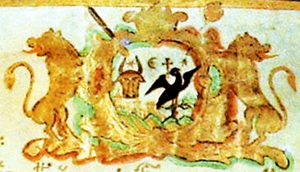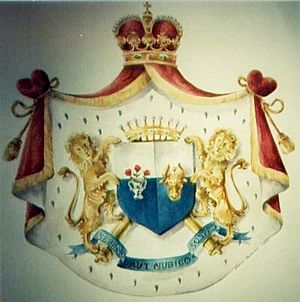Danubian Principalities facts for kids
The Danubian Principalities was a common name for two important regions: Moldavia and Wallachia. These areas became independent states in the early 1300s. The name "Danubian Principalities" was first used in the late 1700s. It described lands near the lower Danube River that shared similar political situations.
People outside these regions, especially politicians, used this term a lot. They used it until Moldavia and Wallachia joined together in 1859. Later, these united principalities, along with Transylvania, formed the country we know today as Romania. Sometimes, the name "Danubian Principalities" also included Serbia, which also came under the control of the Ottoman Empire in the 1800s.
Contents
A Look at History
Early Beginnings
Moldavia and Wallachia started as lands connected to the Kingdom of Hungary. Wallachia was linked to Hungary even before Basarab I of Wallachia united it. They became fully independent in 1330 (Wallachia) and 1359 (Moldavia).
Later, in 1476 (Wallachia) and 1538 (Moldavia), they came under the rule of the Ottoman Empire. However, they mostly kept their own governments. They managed their own affairs, except for a period called the Phanariote Rule (1711-1821). During this time, the Ottoman Empire made decisions about their foreign relations.
In the 1600s and 1700s, these regions lost some of their independence and wealth. There were wars between the Ottomans, the Habsburg monarchy, and the Russian Empire. Moldavia and Wallachia often became battlegrounds. They were sometimes taken over by Russia or the Habsburgs. Parts of their land, like Oltenia, Bukovina, and Bessarabia, were even governed by these empires for a while.
Changes in the 1800s
In the 1800s, Moldavia and Wallachia got involved in Greece's fight for independence. A secret Greek group, the Filiki Eteria, tried to stir up trouble in Moldavia. They also supported an uprising in Wallachia in 1821. This Wallachian movement was eventually stopped by the Ottomans.
These events led the Ottoman Empire to end the Phanariote Rule. But this change didn't last long. A new war between Russia and the Ottomans (1828-1829) brought Russian control. Russia governed Moldavia and Wallachia until the Crimean War.
During this time, the principalities received their first common governing document. It was called the Organic Statute. This document aimed to modernize the government. It also created new laws and greatly influenced their political life. Many people in Wallachia and Moldavia worried that Russia wanted to take over their lands completely.
This period also saw a rise in national pride. In 1848, there were revolutions across Europe. Moldavia and Wallachia also tried to push back against Russian influence. The Ottoman Empire somewhat supported their efforts. However, Russia insisted on stopping the rebellions. This led to both Russia and the Ottomans occupying the regions after the uprisings were crushed.
Becoming United Principalities
After Russia lost the Crimean War in 1856, a peace treaty was signed in Paris. This treaty placed Moldavia and Wallachia under the joint protection of the Ottomans and several powerful European countries. These countries included Britain, France, Austria, Prussia, and Sardinia.
Many people in Moldavia and Wallachia wanted to unite. France, Russia, Prussia, and Sardinia supported this idea. But Austria, Britain, and the Ottomans were against it. The negotiations led to a small, formal union. However, elections in 1859 took advantage of a loophole in the agreement. The agreement said there would be two rulers, but it didn't say they couldn't be the same person!
So, Alexander Ioan Cuza was elected as the ruler (called Domnitor) of both Moldavia and Wallachia. This event is known as the unification of Moldavia and Wallachia. From 1862, they were officially called the Romanian United Principalities.
Cuza made changes to the laws without full approval, which strengthened the union. When he was removed from power in 1866, Carol of Hohenzollern-Sigmaringen was quickly elected. Prussia, a growing power, supported Carol. The Austro-Prussian War also made it impossible for other countries to stop the union.
In 1878, after the Romanian War of Independence, Romania officially broke free from Ottoman rule. There was a disagreement with Russia over some land, but Romania gained Northern Dobruja. In 1881, the Kingdom of Romania was formed.
More to Explore
- Boyar
- History of Romania
- Hospodar
- List of rulers of Moldavia
- List of rulers of Wallachia
- Romanian Old Kingdom
- United Principalities







